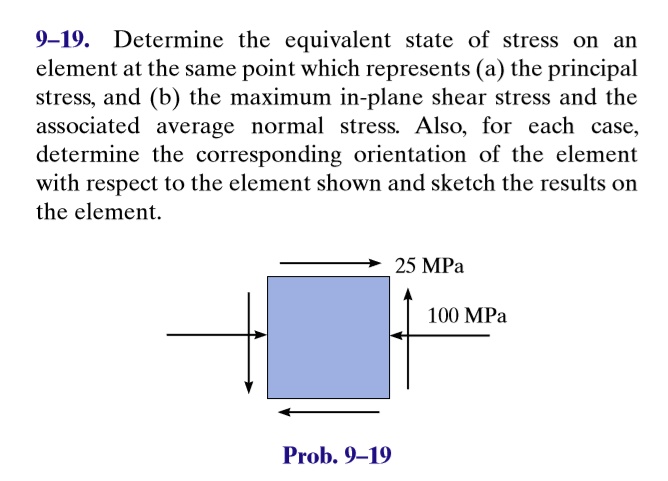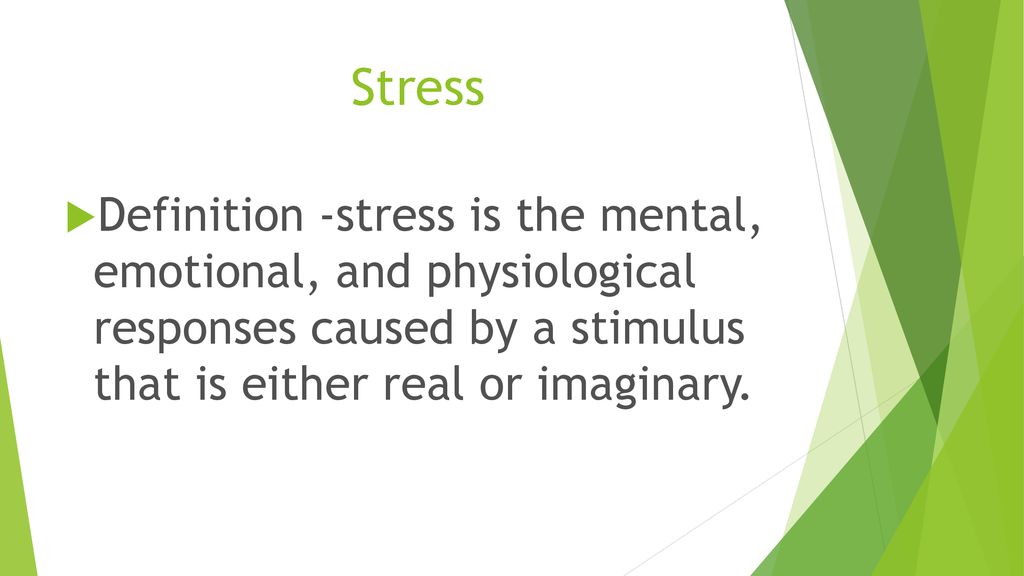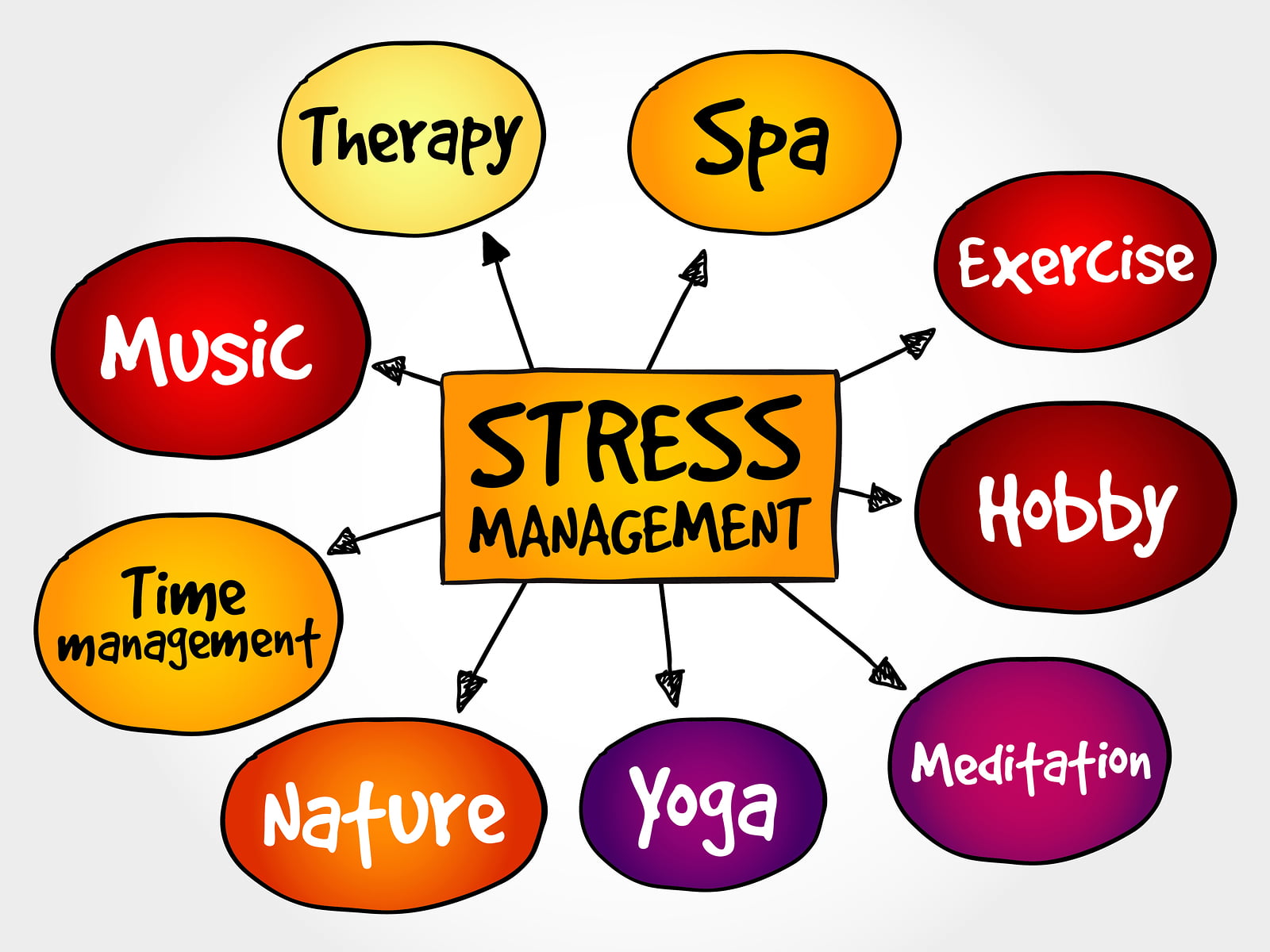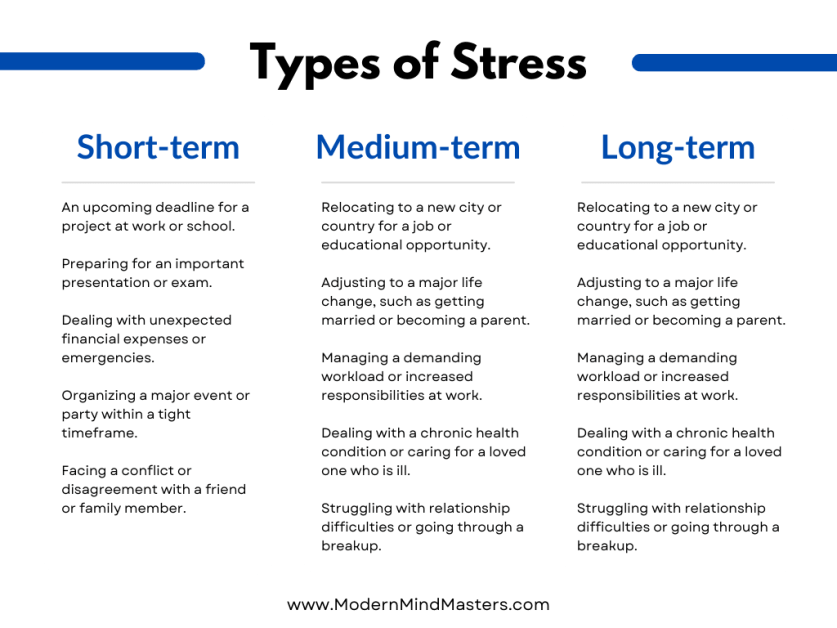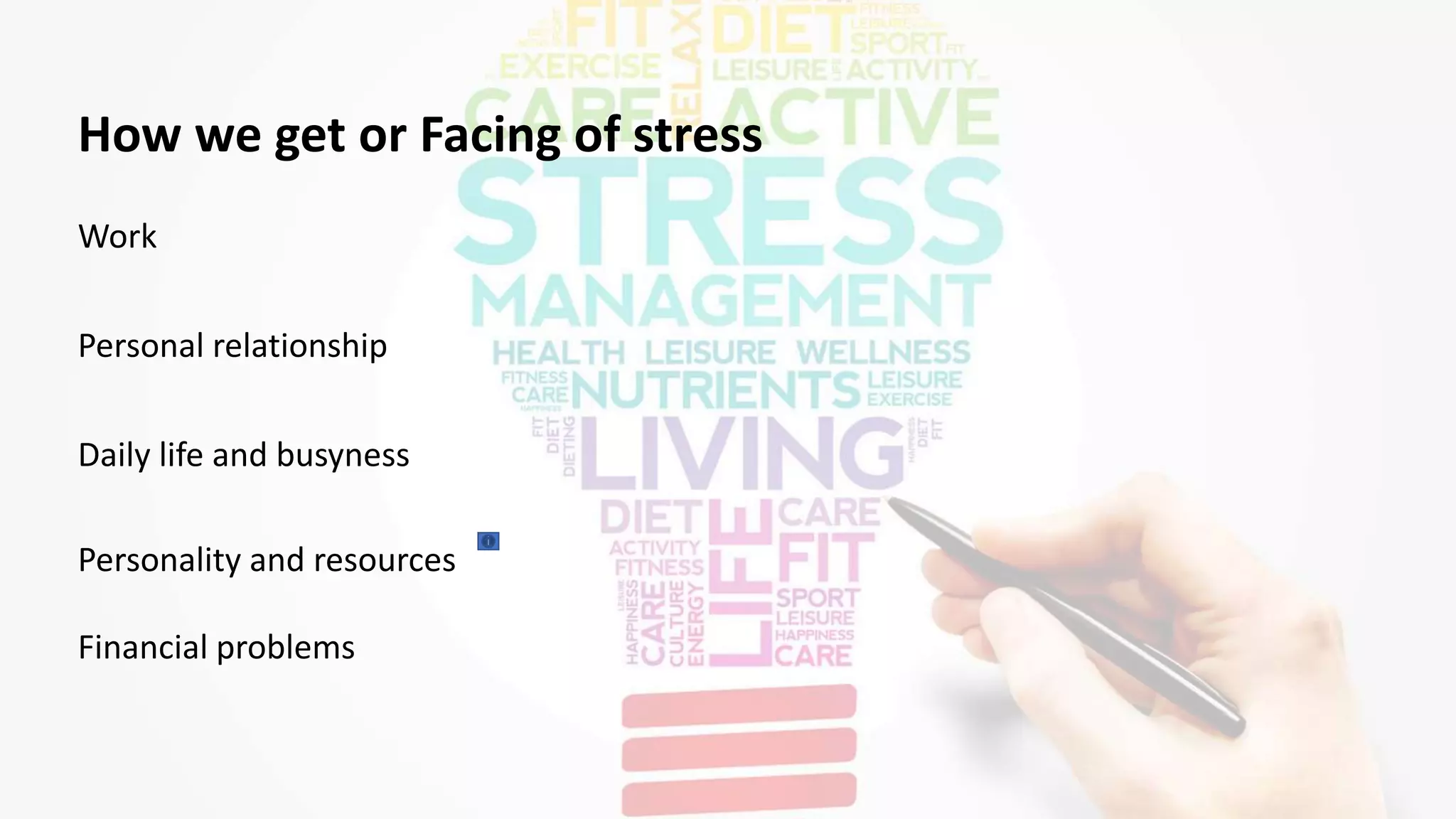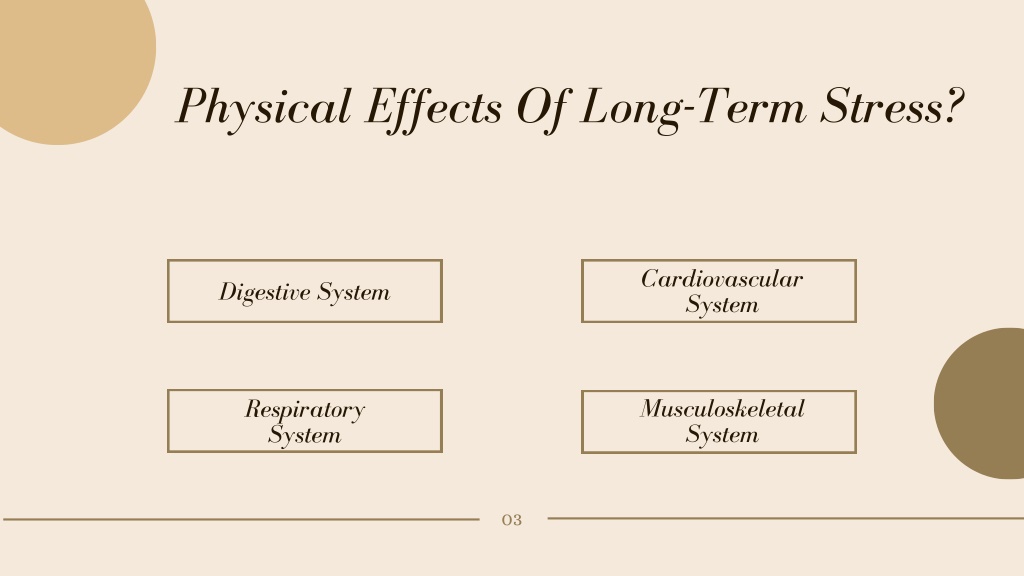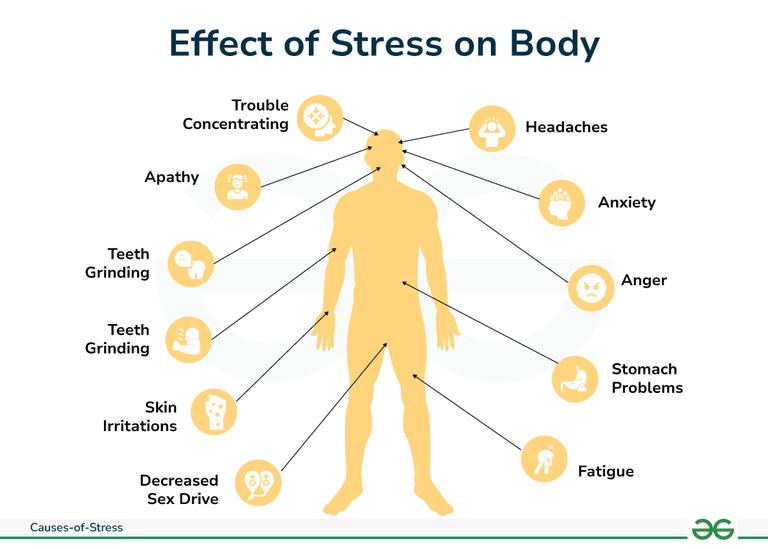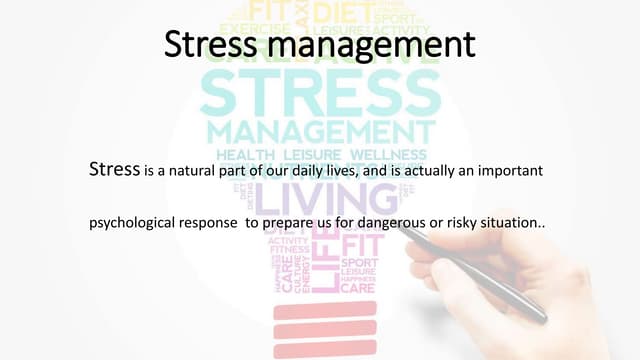Which Item Best Represents The Term Stress

Imagine a pressure cooker, hissing on a stovetop, steam perpetually threatening to burst forth. The dial is turned to high, forgotten amidst the chaos of a busy kitchen. The tension builds, the rattling intensifies – a potent symbol of something many of us know intimately.
But is a pressure cooker truly the object that best embodies stress? This seemingly simple question unlocks a complex exploration of modern life, forcing us to confront the very nature of pressure, resilience, and the search for equilibrium. We will examine the physical and metaphorical representations of stress to determine what truly resonates in our lives.
The Weight of the World: Defining Stress
Defining stress is the first hurdle. The American Psychological Association (APA) defines stress as "the physiological or psychological response to internal or external stressors." This definition encompasses a wide range of experiences, from the mundane to the catastrophic.
Stress isn't inherently negative. Eustress, or positive stress, can motivate and energize us. However, prolonged or overwhelming stress becomes distress, leading to burnout and various health problems, according to research by the Mayo Clinic.
Candidates for the Crown: Iconic Stress Symbols
Let's consider a few contenders for the title of "most representative object of stress." Each carries a certain weight, a symbolic resonance that speaks to different facets of the experience.
The Pressure Cooker: A Literal Interpretation
As mentioned, the pressure cooker offers an immediate visual. Its sealed environment represents the feeling of being trapped, while the increasing pressure mirrors the build-up of tension. The potential for explosion symbolizes the breaking point, the moment when stress becomes overwhelming.
However, the pressure cooker is a somewhat simplistic representation. It lacks the nuance of chronic stress, the insidious accumulation of minor anxieties. It's a powerful image for acute stress, but less so for the everyday grind.
The Tightrope Walker: Balancing Act of Life
Imagine a tightrope walker, precariously balanced high above the ground. Every step requires focus, precision, and unwavering control. The fear of falling, the potential for disaster, looms large.
This image effectively captures the feeling of constantly striving to maintain equilibrium. The tightrope walker is a metaphor for the ongoing balancing act between work, family, and personal life, a challenge many face.
However, it may not fully capture the internal experience of stress. It focuses more on the external pressures and the performance aspect of managing them.
The Jenga Tower: Precarious Stability
Consider a Jenga tower, teetering precariously as pieces are carefully removed. Each pull weakens the structure, increasing the risk of collapse. The tension is palpable, the outcome uncertain.
The Jenga tower is a powerful metaphor for the fragility of our mental and emotional well-being. Stressors act as the removed blocks, weakening our resilience and increasing our vulnerability. The impending collapse mirrors the threat of burnout or mental health crisis.
Perhaps, the Jenga tower is a better metaphor than the pressure cooker since it also captures the more chronic daily stress which feels like we're always on the edge.
The Overfull Inbox: The Digital Age of Stress
In the modern era, the overflowing email inbox presents a compelling case. Each unread message represents an unfulfilled obligation, a task demanding attention. The constant barrage of notifications creates a sense of overwhelm and urgency.
This object captures the ubiquitous nature of stress in the digital age. The never-ending stream of information and demands can feel suffocating, contributing to a sense of being constantly "on." It also captures the isolation as many struggle alone with this overbearing inbox.
But, the inbox might be too specific to the current digital era. The sense of being overwhelmed remains even in the absence of digital communication.
The Verdict: An Imperfect Symbol
After considering these options, it becomes clear that no single object perfectly encapsulates the multifaceted nature of stress. Each symbol offers a valuable perspective, highlighting different aspects of the experience.
However, a more abstract concept might come closer. Perhaps stress is best represented by the feeling of being stretched too thin, like rubber band pulled to its breaking point.
The rubber band symbolizes both the elasticity and the limits of our resilience. It represents the pressure to conform, to adapt, and to perform, while also hinting at the potential for snapping under excessive strain.
Cultivating Resilience: Finding Our Balance
Ultimately, understanding the symbols of stress is less important than understanding how to manage it. The key lies in cultivating resilience, developing coping mechanisms, and prioritizing self-care. According to the National Institute of Mental Health (NIMH), strategies such as mindfulness, exercise, and social support can significantly reduce the impact of stress.
Learning to say "no," setting boundaries, and seeking professional help when needed are also crucial steps in reclaiming control. The goal isn't to eliminate stress entirely, but to transform it from a destructive force into a manageable challenge.
We should aim to expand our own capacity, allowing us to stretch more before snapping, rather than removing the stress entirely.
A Shift in Perspective: Embracing Imperfection
Perhaps the "best" object to represent stress isn't an object at all, but a mindset. A shift in perspective that embraces imperfection, acknowledges limitations, and celebrates small victories.
Instead of striving for an unattainable ideal of perfect balance, we can learn to navigate the inevitable pressures of life with grace, resilience, and a healthy dose of self-compassion. By acknowledging our vulnerabilities, we can build stronger foundations for long-term well-being.
So next time you feel like that hissing pressure cooker, remember that you are not alone. Take a deep breath, release some steam, and find your own unique path to equilibrium.
